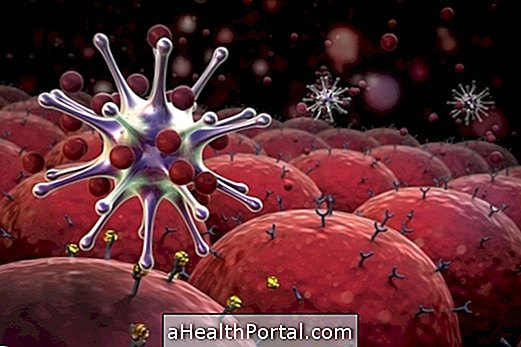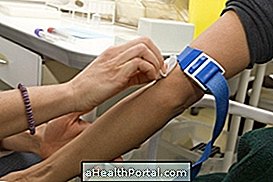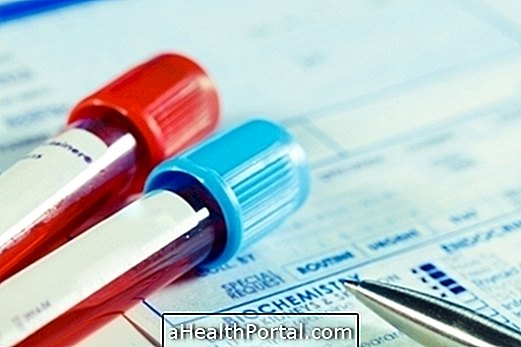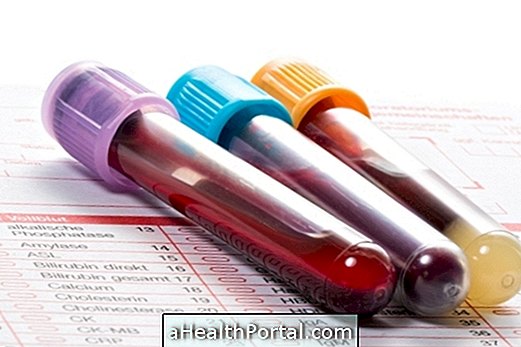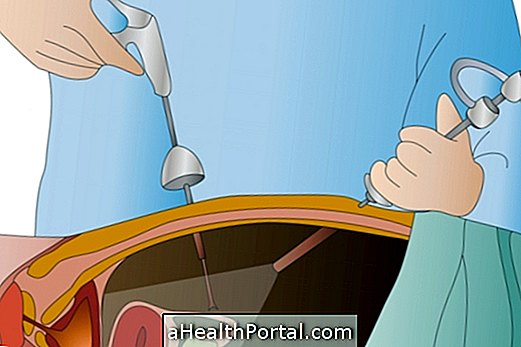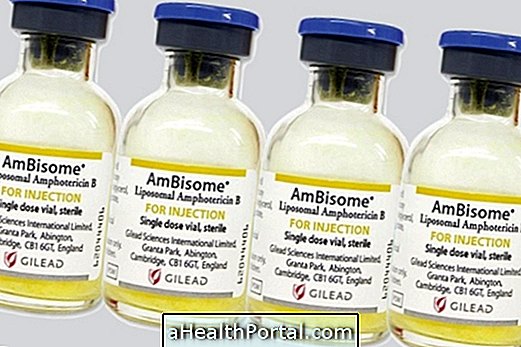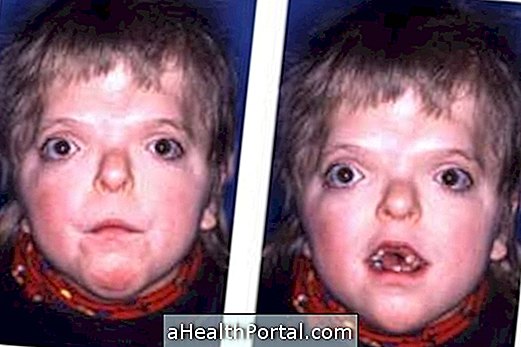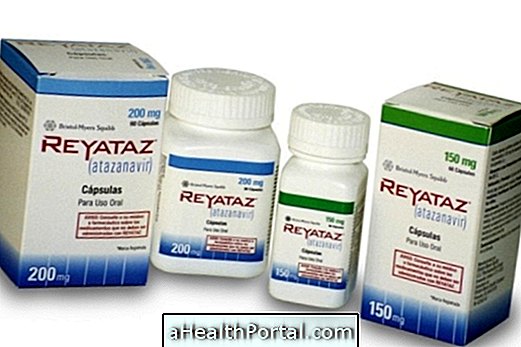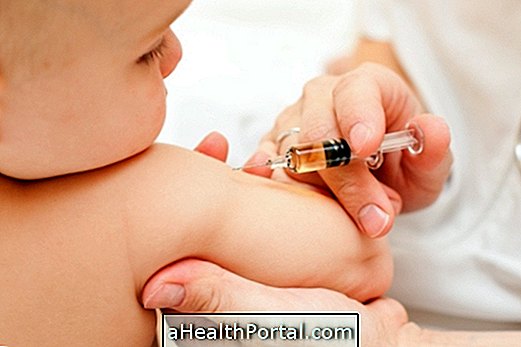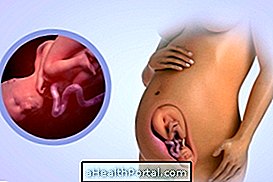Leukogram is a part of the blood test that consists of evaluating leukocytes, also called white blood cells, which are the cells responsible for the body's defense. This test indicates the number of neutrophils, rods or segmented, lymphocytes, monocytes, eosinophils and basophils present in the blood.
Increased leukocyte values, known as leukocytosis, may occur due to infections or in the presence of leukemia, for example. The opposite, known as leucopenia, can be caused by medications or chemo. Both leukopenia and leukocytosis should be investigated by the physician to establish the best treatment according to the cause. Learn more about Leukocytes.
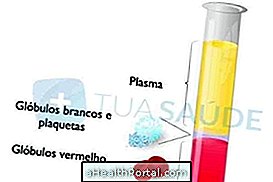

Leukogram Reference Values
Leukogram reference values depend on the age range of the person:
Normal values on the 1st day of life:
- Total leukocytes: 9, 000 to 30, 000 / mm³
- Neutrophils: 6, 000 to 26, 000 / mm³
- Lymphocytes: 2, 000 to 11, 000 / mm³
Normal values from 6 months to 2 years of age:
- Total leukocytes: 6, 000 to 17, 500 / mm³
- Neutrophils: 1, 500 to 8, 500 / mm³
- Lymphocytes: 3, 000 to 9, 500 / mm³
Normal values from 2 to 3 years of age:
- Total leukocytes: 5, 500 to 15, 500 / mm³
- Neutrophils: 1, 500 to 8, 500 / mm³
- Lymphocytes: 2, 000 to 8, 000 / mm³
Normal values from 3 to 6 years of age:
- Total leukocytes: 5, 000 to 14, 500 / mm³
- Neutrophils: 1, 500 to 8, 000 / mm³
- Lymphocytes: 1, 500 to 7, 000 / mm³
Normal values from 6 to 13 years of age:
- Total leukocytes: 5, 000 to 13, 000mm³
- Neutrophils: 1.800 to 8000 / mm³
- Lymphocytes: 1, 200 to 6, 000 / mm³
Normal values for adults:
- Total leukocytes: 4, 500 to 11, 000 / mm³
- Neutrophils: 1, 800 to 7, 700 / mm³
- Lymphocytes: 1, 000 to 4, 800 / mm³
Leukopenia occurs when leukocytes are less than 4, 500 / mm³ in adults and leukocytosis occurs when leukocytes are greater than 11, 000 / mm³, and their value is higher than the reference value.
What is leukogram used for?
The leukogram is asked to evaluate the body's defense system and thus check if there is any inflammation or infection going on.
This exam is part of the blood count and is done from blood collection in the laboratory. It is not necessary to fast for the test, only when requested along with other tests, such as glucose and cholesterol dosage, for example.
The body's defense cells are neutrophils, lymphocytes, monocytes, eosinophils and basophils, responsible for different functions in the body, such as:
| Leukocyte Type | Functions |
| Neutrophils | They are the most abundant blood cells of the defense system, being responsible for the fight against bacteria and can indicate bacterial infections when the values are high. Rods or rods are the young neutrophils, which are usually found in the blood when there are acute infections. Segmented neutrophils are the mature and most commonly found neutrophils in the blood. |
| Lymphocytes | Lymphocytes are responsible for fighting viruses and tumors and producing antibodies. When increased, they may indicate a viral infection, HIV, leukemia or rejection of a transplanted organ, for example. |
| Monocytes | It is the defense cells responsible for phagocyting invading microorganisms, also called macrophages. They act against viruses and bacteria without distinction. |
| Eosinophils | They are the defense cells activated in case of allergy or in infections by parasites. |
| Basophils | It is the defense cells activated in case of chronic inflammation or prolonged allergy and, under normal conditions, only 1% is found. |
From the outcome of the leukogram and other laboratory tests, the physician can correlate with the person's medical history and establish the diagnosis and treatment, if necessary.
